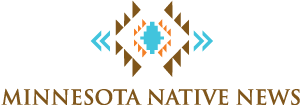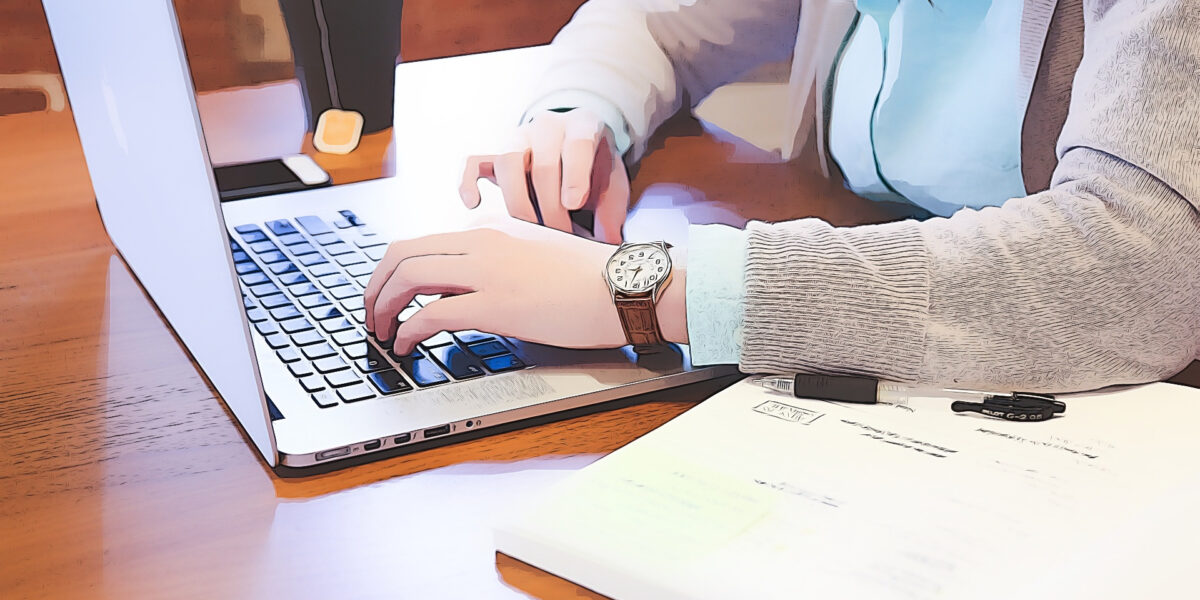Here’s reporter Leah Lemm with these stories…
For many High School Juniors and Seniors, graduation and beyond is just around the corner.
For seven years now, the Native American College Fair has been providing Twin Cities Native youth and their families an opportunity to learn more about colleges, universities and training programs. A representative from Saint Paul Public Schools on a video released last year… talked about what makes this college fair unique.
“They’re given an opportunity to meet college representatives from colleges that offer either American Indian studies programming or specific American Indian supports on campus. So it’s a little bit different than your typical college fair,” said the representative.
Last year, several hundred students attended the fair that was held at the University of MN St. Paul Student Center, but this year to protect everyone’s health, the college fair is going virtual.
The website will be live at least through the month of October, starting on Friday October 9th.
Scholarship opportunities, Videos with information provided by colleges, universities and financial aid opportunities will be on the site. As well as videos created by a variety of Native professionals and college students, and a recorded panel of college students discussing their educational experiences.
Though the fair is virtual, it allows for even more colleges and students to participate – those who normally couldn’t due to distance.
Find the link to the virtual college fair on the Native American College Fair facebook page.
—
Next, the importance of the Native vote with Lt Gov Peggy Flanagan.
“Tthis election year is literally the most important of our lifetime,” said Flanagan.
November 3rd is coming up quick. Presidential election, and state and local seats are on the line. It may not be a tribal election, but non-tribal elections affect tribes and Native people, and related policies.
Here’s a portion of my conversation with the Lt Gov on the weekly Special Edition of Mn Native News. COVID 19 community conversations.
“I know growing up, I heard family members, especially native family members talk about just really not wanting to vote. It’s not always true, but a lot of times, the native vote isn’t one that is sought all the time or Indian country. Isn’t something that’s necessarily brought up in one’s platform. Can you talk a little bit about the importance of the native vote?” asked Leah Lemm
“I totally hear when folks say, you know, like I don’t vote in that system, that’s on our system and I can, I can feel that because these, you know, every day I get up and I walk into the Capitol and I walk into a system that was not created by us or for us, it was like literally created to eliminate us and it’s heavy,” said Flanagan.
“And so, you know, we all sort of carry that with us as we’re, we’re living and working in a society that oftentimes was not created with us in mind,” said Flanagan,” said Flanagan.
“It’s been exciting to watch just the evolution of civic engagement in Indian country,” said Flanagan.”I think for a long time, we saw especially our neighbors in South Dakota when native folks were registering and turning out to vote, they were flipping US Senate seats, congressional districts and we’ve seen that happen here in Minnesota. We get, we have the power to influence elections when we, when we turn, turn out. So we started off sort of seeing that,” said Flanagan.
More of the conversation with Lt Gov Peggy Flanagan can be found on here
And you can find more information about the Native Vote at NativeVote.Org. Native Vote is a non-partisan initiative from the National Congress of American Indians.
On the site, you can see more data about Native Voting and learn how to register to vote.


 Is Minnesota Hitting a Second Coronavirus Second Wave?
Is Minnesota Hitting a Second Coronavirus Second Wave?